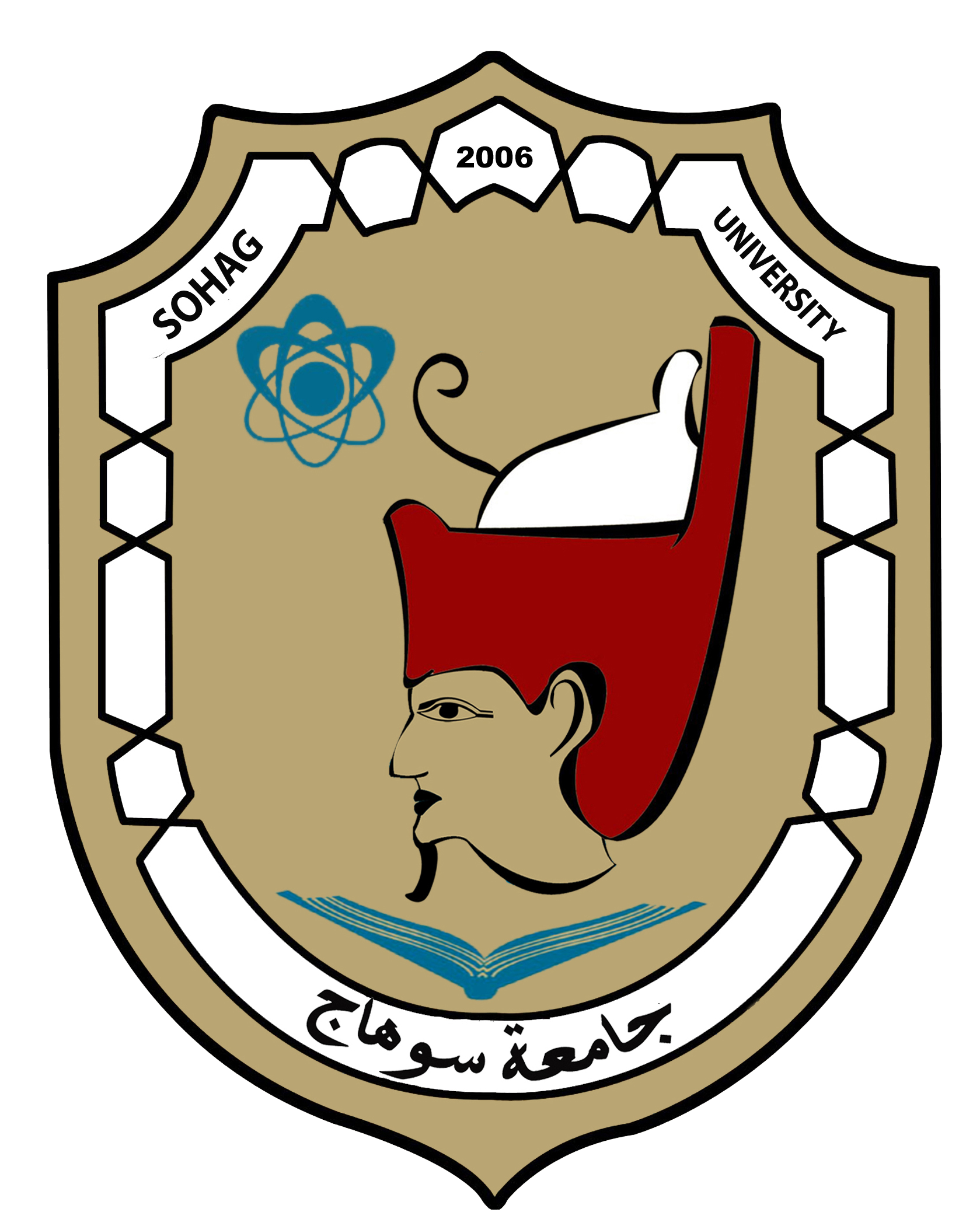Subscribe to the gold package and get unlimited access to Shamra Academy
Register a new userAccessing tens-to-hundreds femtoseconds nuclear state lifetimes with low-energy binary heavy-ion reactions
135
0
0.0
(
0
)
Ask ChatGPT about the research

No Arabic abstract
A novel Monte Carlo technique has been developed to determine lifetimes of excited states in the tens-to-hundreds femtoseconds range. The method is applied to low-energy heavy-ion binary reactions populating nuclei with complex velocity distributions. Its relevance is demonstrated in connection with the $^{18}$O(7.0 MeV/u) + $^{181}$Ta experiment, performed at GANIL with the AGATA+VAMOS+PARIS setup, to study neutron-rich O, C, N, ... nuclei. Excited states in $^{17}$O and $^{19}$O, with known lifetimes, are used to validate the method over the $sim$20-400 fs lifetime-sensitivity range. Emphasis is given to the unprecedented position resolution provided by $gamma$-tracking arrays, which turns out to be essential for reaching the required accuracy in Doppler-shift correction, at the basis of the detailed analysis of $gamma$-ray lineshape and resulting state lifetime determination. The technique is anticipated to be an important tool for lifetime investigations in exotic neutron-rich nuclei, produced with intense ISOL-type beams.
rate research
Read More
Intermediate-energy heavy-ion collisions can produce a spin polarization of the projectile-like species. Spin polarization has been observed for both nucleon removal and nucleon pickup processes. Qualitative agreement with measured spin polarization as a function of the momentum of the projectile-like fragment is found in a kinematical model that considers conservation of linear and angular momentum and assumes peripheral interactions between the fast projectile and target. Better quantitative agreement was reached by including more realistic angular distributions, de-orientation caused by gamma-ray emission, and by correcting for the out-of-plane acceptance. The newly introduced corrections were found to apply to both nucleon removal and nucleon pickup processes.
The reaction systems, 64Zn + 58Ni, 64Zn + 92Mo, 64Zn + 197Au, at 26A, 35A and 47A MeV, have been studied both in experiments with a 4$pi$ detector array, NIMROD, and with Antisymmetrized Molecular Dynamics model calculations employing effective interactions corresponding to soft and stiff equations of state (EOS). Direct experimental observables, such as multiplicity distributions, charge distributions, energy spectra and velocity spectra, have been compared in detail with those of the calculations and a reasonable agreement is obtained. The velocity distributions of $alpha$ particles and fragments with Z >= 3 show distinct differences in calculations with the soft EOS and the stiff EOS. The velocity distributions of $alpha$ particle and Intermediate Mass Fragments (IMFs) are best described by the stiff EOS. Neither of the above direct observables nor the strength of the elliptic flow are sensitive to changes in the in-medium nucleon-nucleon (NN) cross sections. A detailed analysis of the central collision events calculated with the stiff EOS revealed that multifragmentation with cold fragment emission is a common feature predicted for all reactions studied here. A possible multifragmentation scenario is presented; after the preequilibrium emission ceases in the composite system, cold light fragments are formed in a hotter gas of nucleons and stay cold until the composite system underdoes multifragmentation. For reaction with 197Au at 47A MeV a significant radial expansion takes place. For reactions with 58Ni and 92Mo at 47A MeV semi-transparency becomes prominent. The differing reaction dynamics drastically change the kinematic characteristics of emitted fragments. This scenario gives consistent explanations for many existing experimental results in the Fermi energy domain.
The relative isobaric yields of fragments produced in a series of heavy ion induced multifragmentation reactions have been analyzed in the framework of a Modified Fisher Model, primarily to determine the ratio of the symmetry energy coefficient to the temperature, $a_a/T$, as a function of fragment mass A. The extracted values increase from 5 to ~16 as A increases from 9 to 37. These values have been compared to the results of calculations using the Antisymmetrized Molecular Dynamics (AMD) model together with the statistical decay code Gemini. The calculated ratios are in good agreement with those extracted from the experiment. In contrast, the ratios determined from fitting the primary fragment distributions from the AMD model calculation are ~ 4 and show little variation with A. This observation indicates that the value of the symmetry energy coefficient derived from final fragment observables may be significantly different than the actual value at the time of fragment formation. The experimentally observed pairing effect is also studied within the same simulations. The Coulomb coefficient is also discussed.
Using symmetric 112Sn+112Sn, 124Sn+124Sn collisions as references, we probe isospin diffusion in peripheral asymmetric 112Sn+124Sn, 124Sn+112Sn systems at incident energy of E/A=50 MeV. Isoscaling analyses imply that the quasi-projectile and quasi-target in these collisions do not achieve isospin equilibrium, permitting an assessment of the isospin transport rates. We find that comparisons between isospin sensitive experimental and theoretical observables, using suitably chosen scaled ratios, permit investigation of the density dependence of the asymmetry term of the nuclear equation of state.
Collisions of 112Sn and 124Sn nuclei, which differ in their isospin asymmetry, provide information about the rate of isospin diffusion and equilibration. While several different probes can provide accurate diffusion measurements, the ratios of the mirror nuclei may be the simplest and most promising one. Ratios of the mass seven mirror nuclei yields are analyzed to show the rapidity, transverse momentum and impact parameter dependence of isospin diffusion.
Log in to be able to interact and post comments
comments
Fetching comments


Sign in to be able to follow your search criteria


